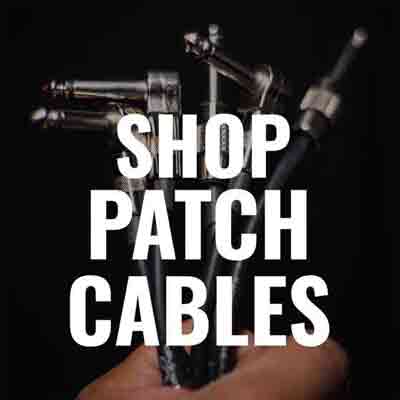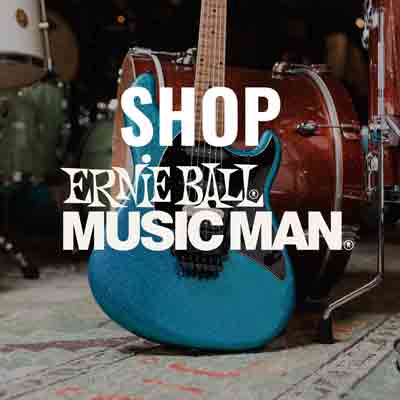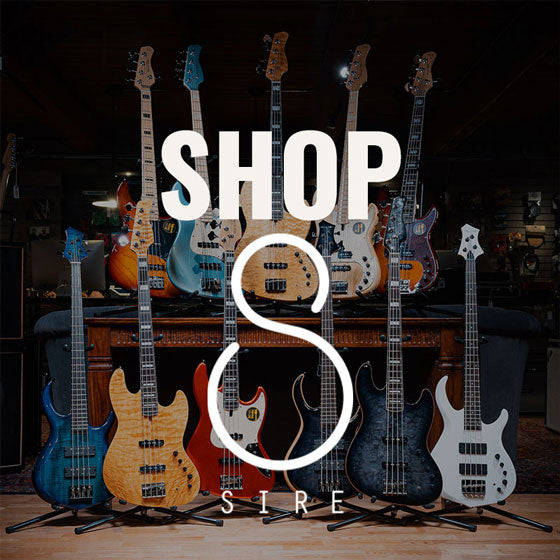This item is currently out of stock, but don't fret! We have a lot of drum hardware & parts in stock. Shop Now
Description
Description
1n 1960, Ludwig and Slingerland manufactured what has now become the standard for good vintage wires. Several manufacturers have tried to re-produce the sound. After years of research, we have replicated the Slingerland wire taking several factors into account such as material, spiral diameter and pitch. We finally decided on a core thickness of 0.5 mm, a spiral diameter of 1.35mm and a pitch of 3.4 mm.
In that process, we also found that the end plate is another determinant of a snare-wire’s sensitivity, and we have tried various sizes for these as well. We concluded that 0.5mm is optimal to hold the wires. We also decided to exclude the guiding grooves for snare strings and tapes that most manufacturers use. These guiding grooves impaired the sensitivity of the snare drum. Our end plate is quite thin however; it may have caused breakage of strings and tapes. We resolved the problem by having the lapel at the holes on the end plate.
After years of careful analysis of the material composition, thickness of the end plate, shaping experiments and production consideration, we have the CANOPUS Vintage Snare Wire.
In that process, we also found that the end plate is another determinant of a snare-wire’s sensitivity, and we have tried various sizes for these as well. We concluded that 0.5mm is optimal to hold the wires. We also decided to exclude the guiding grooves for snare strings and tapes that most manufacturers use. These guiding grooves impaired the sensitivity of the snare drum. Our end plate is quite thin however; it may have caused breakage of strings and tapes. We resolved the problem by having the lapel at the holes on the end plate.
After years of careful analysis of the material composition, thickness of the end plate, shaping experiments and production consideration, we have the CANOPUS Vintage Snare Wire.







































































